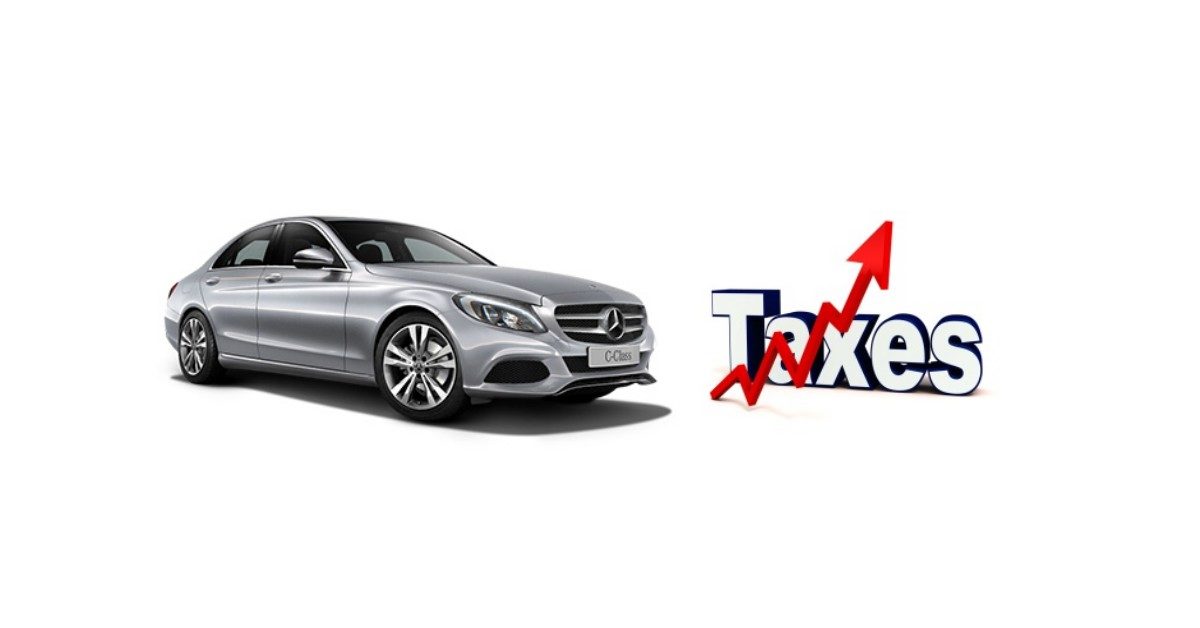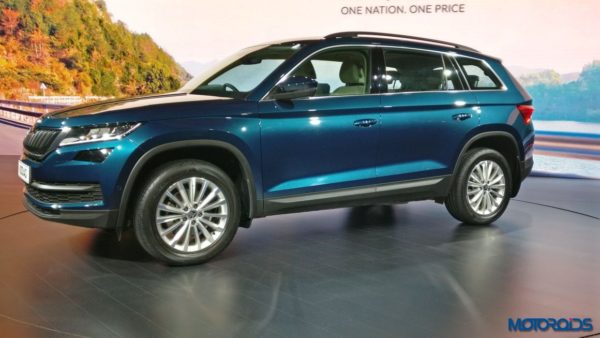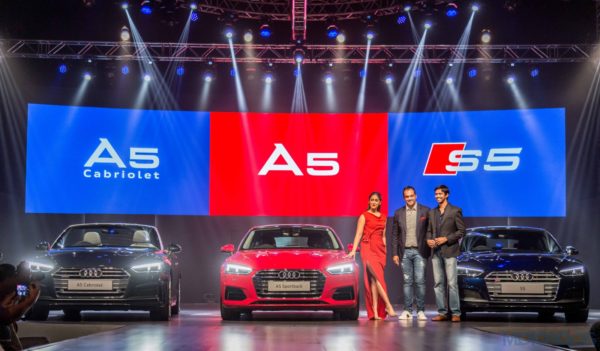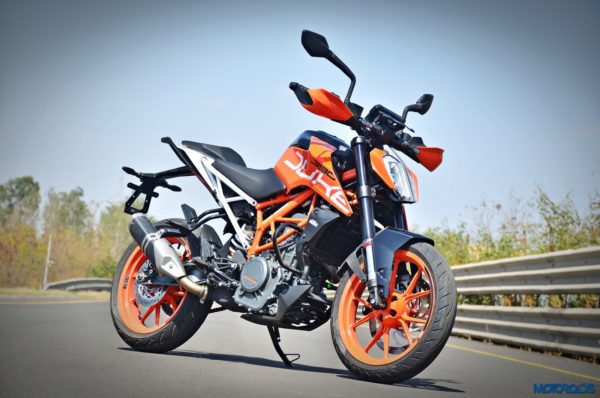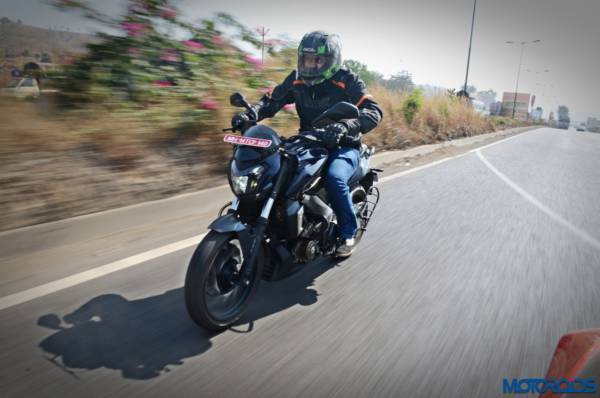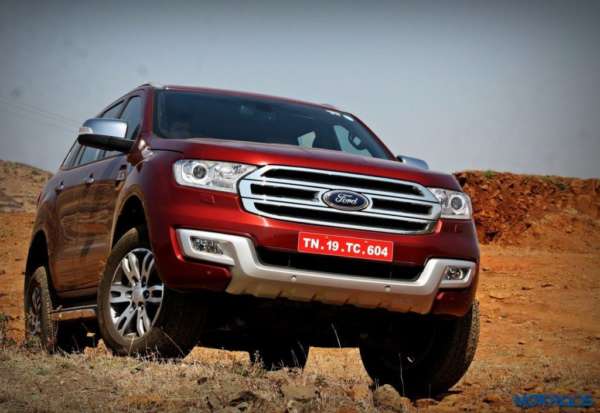Goods and Service Tax, commonly known as GST, it the most recent govt. made reform after demonetization. Based on the concept ‘one nation, one market, one tax’, the influence of GST is quite evident in every segment in India. Referred to as a game changer of Indian financial market, GST is hoped to change the world’s largest fastest rising major economy under one umbrella, the first time in the history.
After rolling out GST in the month of July 2017, a significant difference is noticed while some previously applicable state and central taxes are replaced, including VAT, excise duty, CST, calamity duty or NCCS, and infra cess. Octroi/entry tax is eradicated, as GST is applied as a destination-based tax going forward. When the entire economy sees unexampled changes and challenges, the automobile industry also witnesses relative changes in terms of auto insurance or service charges with a 3% hike, albeit marginally.
GST and Auto Industry: An Analysis
When it comes to auto industry, GST has been a little kind to it. Apart from to be imposed service charges on bike insurance or car insurance and loans, which have been increased after the announcement of new tax rule, overall car rates went a little down in most cases.
To embrace this unified tax arrangement, car manufacturers have decided to apply a uniform price in India. Hereby, the ex-showroom car rates will remain same. GST doesn’t include taxes like road tax, which differs state to state ranging from 3% to 24% according to the applicable rate. Maharashtra was in news then for hiking road tax to deal with the loss of revenue due to the elimination of entry tax and Local Body Tax. Hence, the on-road rate for cars across the country would differ state to state.
Previously, VAT, excise duty, and NCCS were imposed on the ex-factory price. After this reform, only GST will be applicable on ex-factory rate of the cars.
However, it is affected in a different way. Auto spares and services will have GST impact, as the tax rate on car spares is 12% as per the previous structure, which goes up to 28% after GST is initiated. It means, with GST, the rates of the car spare parts have also been increased.
Impact of GST on Two-wheeler Rates
We can end up on the same note that GST effects on bike industry are marginal. After the implementation of GST, two-wheelers are categorized into two groups – those below 350cc and those with above 350cc. As GST represents a unified tax structure, the manufacturers have applied a consistent price across the country. This leads to ex-showroom prices of two-wheelers to remain the same, i.e. 28% of GST rate applicable henceforth.
Impact on Two-wheeler Costs
A 2% of dip on service is evident that after GST, i.e. from 30% to 28% on the vehicles with engine capacity below 350cc. Royal Enfield 350 bikes are categorized into this group with actual engine capacity 346cc. However, those with CC capacity above 350 cc will experience an extra cess of 3%, on 28% GST, which means the eventual approximate tax difference is not more than 1%.
Bikes that bear high rates after GST include Royal Enfield Classic 500, KTM RC 390, Royal Enfield Himalayan, and KTM 390 Duke. This hike is also applicable for all premium two-wheeler manufacturers, such as Ducati, Harley-Davidson, and Triumph, since all the models of these bikes are designed with more than 350 cc engine capacity. An additional 3% cess is applicable on all premium bikes.
Some bike manufacturers also announced GST discount on bikes, and Bajaj Auto, and Royal Enfield are among them. While some said that GST benefit would be transferred to the customers as well. TVS Motors, Honda Motorcycle, and Scooter India were in news at that time for their effort into dealing with the changes.
Previously, tax slabs for different states were designs separately due to the individual taxes. GST aims at eliminating this inconsistency in rates and promotes a unified price. But, pre-GST prices were different. For instance, the premium two-wheeler rates in Delhi may rise slightly, but prices of the same vehicles may go down from that before GST, particularly in states like Maharashtra, Karnataka, Gujarat, where they experienced a high price due to high state tax and entry tax.
Conclusion
Well, we can’t shy away from the fact that post GST, the purchase of auto insurance has become a costly affair, with the implication of 3% GST rate on insurance. But it is also true that because GST has announced, we cannot take the risk of plying our vehicles without a valid insurance and bear the entire repair expenses arising out of an accident.
Here, you can boost your researcher instinct and chalk out for an informed auto insurance plan, which meets your requirements. Bear in mind, don’t consider the premium thing as the sole criterion, rather compare the benefits and features of all car insurance plans online via insurance calculator and buy the best deal.
Again, don’t forget to apply GST rates. Let’s not debate on its application and try to consider the purpose behind, which is only to make the existing confusing tax slab since decades, a level bridge. However, the long-term benefits of GST would outweigh the initial commotion over GST on purchasing auto insurance policies, paying the premium by applying new GST rate, services, and so on!

